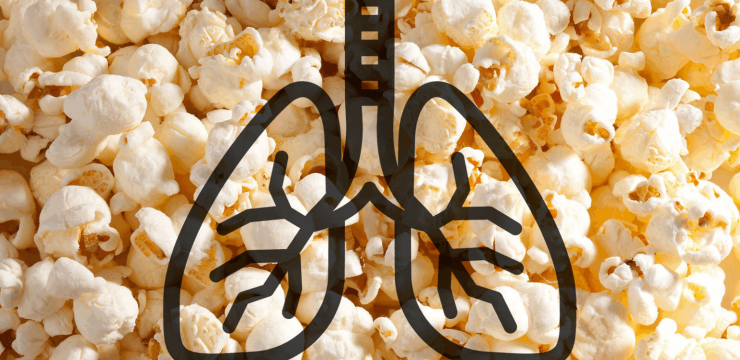Ground beef has earned its spot as one of the most dependable and versatile ingredients in American kitchens. From classic tacos and spaghetti to sloppy joes and casseroles, it’s a go-to protein that brings comfort and flavor to countless meals. But despite its popularity, one question continues to stir up passionate opinions among home cooks: should you rinse ground beef before or after cooking?

On the surface, this might sound like a small detail, but the debate runs deep. Some folks are firm believers in rinsing cooked ground beef, convinced it’s a smart way to reduce fat and make meals a bit healthier. The logic is simple—run the meat under hot water, and you wash away some of the grease. For those keeping an eye on their fat intake or trying to trim down their calorie count, this step might seem like a no-brainer. In particularly oily dishes like tacos or pasta sauces, rinsing can help keep the final dish from feeling too heavy or greasy, giving other ingredients a chance to shine.
But not everyone agrees with this strategy. In fact, plenty of seasoned cooks say rinsing ground beef is a culinary mistake. Why? One word: flavor. Fat is more than just a nutritional concern—it’s also one of the biggest flavor carriers in cooking. When you rinse cooked ground beef, you’re not just removing grease; you’re also washing away flavorful juices and all those delicious browned bits from the pan. That caramelized crust that forms while cooking? That’s gold in terms of taste. Removing it can leave your dish bland and a little dry. If you’re cooking something where bold, savory flavor is key—think chili, sloppy joes, or burgers—rinsing might rob the dish of what makes it special.
There’s also the practicality of rinsing to think about. It’s not exactly an easy or tidy kitchen task. Imagine this: you’ve got a hot skillet full of sizzling beef, and now you’re trying to dump it into a colander, angle it over the sink, avoid splashing hot grease, and somehow manage to pour boiling water over it—all without scalding yourself. It’s awkward, risky, and creates a bigger mess than many people are willing to deal with. And after all that, there’s still the cleanup to consider.
Even beyond the cooking hassle, there’s a hidden problem many don’t realize until it’s too late: plumbing. Pouring greasy water down your drain might seem harmless in the moment, but that fat doesn’t vanish—it cools, hardens, and sticks to the inside of your pipes. Over time, this buildup can clog your plumbing and lead to slow drains or even expensive repairs. So what should you do with leftover grease instead? The smarter option is to let the fat cool in the pan or pour it into a heat-safe container. Once it solidifies, toss it in the trash. This method is cleaner, safer, and much easier on your plumbing system.
So, what’s the bottom line on rinsing ground beef? It really depends on what matters most to you in the kitchen. If your top priority is cutting fat and you’re okay with losing a little flavor and convenience, rinsing might be worth a try. But if you’re all about rich, savory dishes and want to make the most of every bit of taste your ingredients offer, skipping the rinse is probably the better move. After all, those flavorful drippings can add serious depth to whatever you’re cooking.
Ultimately, there’s no one-size-fits-all answer. Cooking is personal, and what works for one household might not suit another. The important thing is to find what makes sense for your tastes, your health goals, and your routine. Whether you’re on Team Rinse or Team No-Rinse, the beauty of ground beef is that it’s endlessly adaptable and always there when you need a quick, satisfying meal. However you decide to cook it, the goal is the same: make food that tastes great and brings people together. And with ground beef, that’s always within reach.





